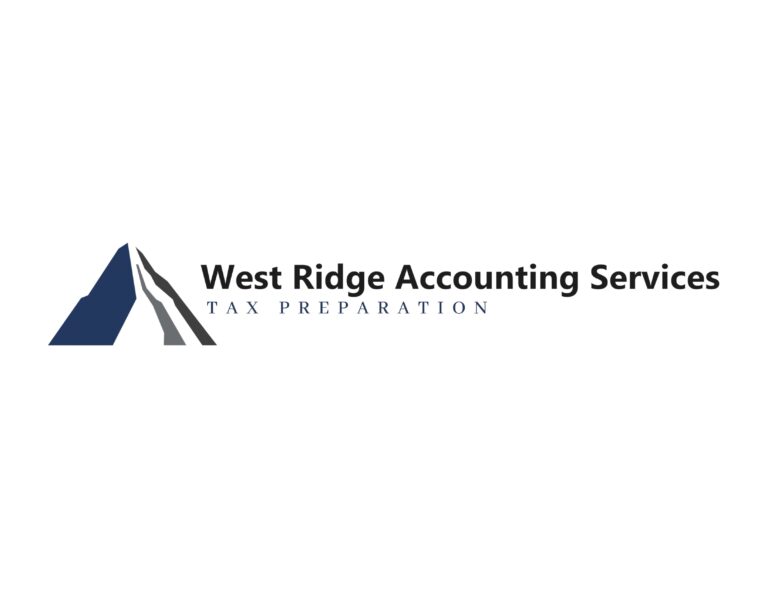2021 Dependent Care Credit
The IRS allows taxpayers a Dependent Care Credit (DCC) for certain expenses spent on their dependent that qualify. For 2021 tax year many taxpayers will realize higher credits on their tax returns due to the changes of the DCC. These changes are going to make taxpayers elated this tax season for a few reasons.

Let’s first discuss how the credit previously worked:
Maximum allowed dependent expenses (daycare, preschool, etc) $3,000 for one child, or $6,000 for two or more children).
Some people will find the maximum allowed expense threshold to be very low. Many taxpayers will spend $3,000 for daycare expenses in 2-3 months for just one child. A $3,000 maximum threshold on a child for a whole tax year does not even closely reflect expenses paid by many taxpayers for a whole year.
Maximum credit on the allowed expenses was a maximum of 35%. This credit ranged from 20%-35% previously. However, the income limits quickly lowered to 20%, which is what most taxpayers received in credits.
Up to $15,000 of household income would receive the maximum 35%. For every $2,000 of increased household income after $15,000 the credit percentage would lower by 1%. Once household income was at $43,000 or higher, you would receive 20% of allowed expenses in credit.
Also, see that the numbers were on household income. Therefore, the income amounts for DCC do not double for Married Filing Joint returns, like other tax concepts do (such as income ranges for tax brackets).
Here’s a couple examples for how the previous credits would work:
Example 1
Jan has one child. In 2020, they spent $9,240 in daycare expenses for their child. Her income for the year was $16,000. Jan received $1,050 in Dependent Care Credit (DCC) on her 2020 tax return.
$3,000 x 35%= $1,050 credit
Although Jan spent $9,240 in daycare expenses, the credit only allows a maximum of $3,000 to be used. Since her household income is $15,000, she received the maximum credit percentage (35%) of the allowed expenses ($3,000).
Example 2
Trent and Mary have three children. In 2020, they spent $19,760 in daycare expenses for their children. Their household income for the year was $80,000. Trent and Mary received $1,200 in DCC on their 2020 tax return.
$6,000 x 20%= $1,200 credit
Although Trent and Mary have three children, remember the rule is “$3,000 of maximum expenses for one child, $6,000 of maximum expenses for TWO OR MORE children”. It’s NOT $3,000 of maximum expenses “per child”. Also, since their household income is $80,000, they received the minimum credit percentage of 20%.

What’s Changed? Let’s discuss how the revised 2021 Dependent Care Credit works:
Now let’s discuss how the revised DCC works:
-Maximum allowable expenses now are $8,000 for one child, and $16,000 for two or more children.
-Maximum credit percentage increased to 50%
-Income thresholds greatly increased
Now households will receive the increased maximum credit percentage (50%) up to $125,000 of income. For every $2,000 of income earned over $125,000, the credit reduces by 1% up until $183,000 where the credit falls to 20%. When household income gets to $400,000, the credit percentage starts to again reduce by 1% for every $2,000 until the credit falls to zero at $438,000.
-DCC credit is now refundable
Previously the DCC was non-refundable, meaning the credit would only offset tax liability. Let’s use the previous scenario in example 1 above where Jan and Ike received a $1,050 DDC. Let’s say their tax liability for the year was only $600. Although they received a $1,050 DCC, they were only able to use $600 of the credit because it only offset tax liability.
Since DCC is now refundable, they would be able to receive the excess amount that was not needed to cover tax liability.
Here’s a couple examples that uses the same scenarios from above, but now for 2021 tax year:
Example 3:
Jan one child. In 2021, she spent $9,240 in daycare expenses for her child. Her household income for the year was $16,000. Jan will receive $4,000 in Dependent Care Credit (DCC) on her 2021 tax return.
$8,000 x 50%= $4,000 credit
Jan is now able to use $8,000 of expenses instead of only $3,000. Also she still receives the higher credit percentage (50%) since her income is less than $125,000.
Example 4:
Trent and Mary have three children. In 2021, they spent $19,760 in daycare expenses for their children. Their household income for the year was $80,000. Trent and Mary received $1,200 in DCC on their 2021 tax return.
$16,000 x 50%= $8,000 credit
They now can use $16,000 of expenses for their three children instead of only $6,000. Also, since their income is less than $125,000 they now qualify for the maximum credit percentage of 50%.
How do you claim the 2021 Dependent Care Credit?
To claim the 2021 Dependent Care Credit you will file Form 2441 with your 2021 1040. https://www.irs.gov/pub/irs-pdf/f2441.pdf. You will need your daycare providers Name, Address, Tax ID number and amount paid in 2021.
Now you can understand how exciting the new changes of 2021 Dependent Care Credit really is.
- Taxpayers are allowed more of their expenses for the credit
- More taxpayers will receive higher credit percentages for their allowed expenses
- Income thresholds are increased to allow most taxpayers to receive the maximum credit or a higher credit than they previously receive.
Lastly, here’s some advice and tips to note for the credit
- Each taxpayer in 2021 needed to earn at least $16,000 in income to qualify for the full credit
- Example: If household income for the year is solely $80,000 of unearned income from stock gains, that does not qualify for any DCC.
- If one spouse does not have earned income, the credit cannot be claimed at all, unless they are a student
- Keep up with receipts of expenses throughout the year
- If divorced, the parent claiming DCC is only allowed to claim expenses they personally paid for. Also, that parent’s name will need to be on the daycare statement receive at the end of the year.
- Only the custodial parent is allowed to claim the DCC.

Do you have questions? Contact us anytime. We offer both in person, virtual or drop off appointments.
https://westridgeaccounting.acuityscheduling.com/
This material has been prepared for informational purposes only, and is not intended to provide, and should not be relied on for, tax, legal or accounting advice. You should consult your own tax, legal and accounting advisors prior to acting on any of the information provided here.




